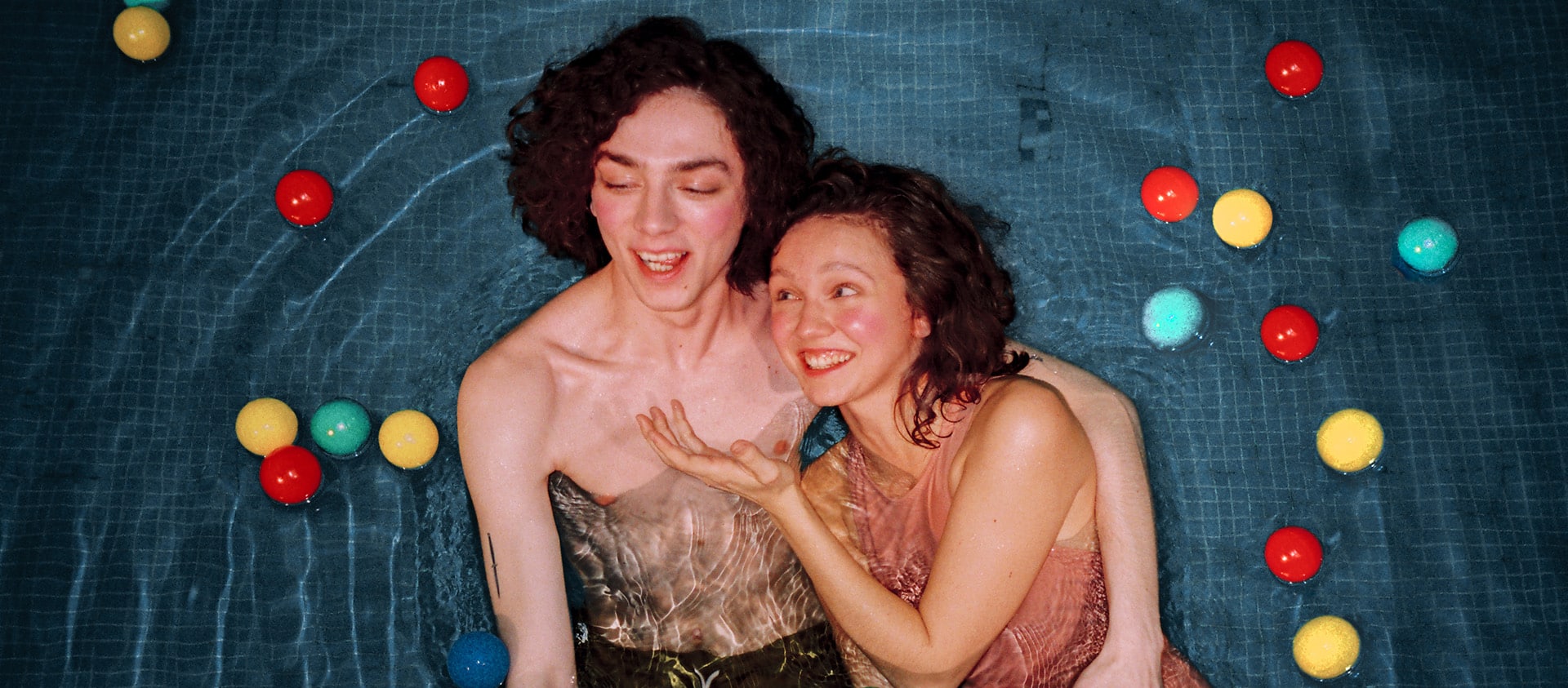What is it like being ten, twenty, or thirty in Russia? Blind has picked three young-generation, not to say new wave, photographers, who take on subjects such as national history, the disparities between rural and big-city cultures, as well as partying.

You’re getting blind.
Don’t miss the best of visual arts. Subscribe for $9 per month or $108 $90 per year.
Already suscribed ?
Read more: Evgenia Arbugaeva: Northern Tales


